Table of Contents
- What are soffit ceilings?
- How can you use soffit ceilings?
- When and why are soffit ceilings used?
- What are HB soffit ceilings made of?
- How long do PVC soffits last?
- Do you have to paint soffit ceilings?
- How do I install HB soffit ceilings?
- Why use HB soffit ceilings?
- How do I order HB soffit ceilings?
1. What is a soffit ceiling?
“Soffit” refers to the visible underside of any architectural element; a ceiling, on the other hand, is technically the uppermost surface. Taking these two definitions into account, the soffit ceiling is an aesthetically beautiful finish to the “technical” ceiling, covering any tubing or unattractive structural elements and instead create a uniform and pristine visible image.
Soffit ceilings come with a system of structural elements that create a durable and lovely finish. The exact materials included depend upon the specific need and architectural style desired. However, all systems include soffit panels, fascia, frieze board, and a protective covering. Panels are planks visible across the main span of the surface; fascias, on the other hand, refer to the horizontal band that is seen at the end of rafter tails. The frieze board is a different horizontal strip, placed underneath the soffit panels. And, of course, the protective covering works to shield the entire soffit system from natural elements and wear.
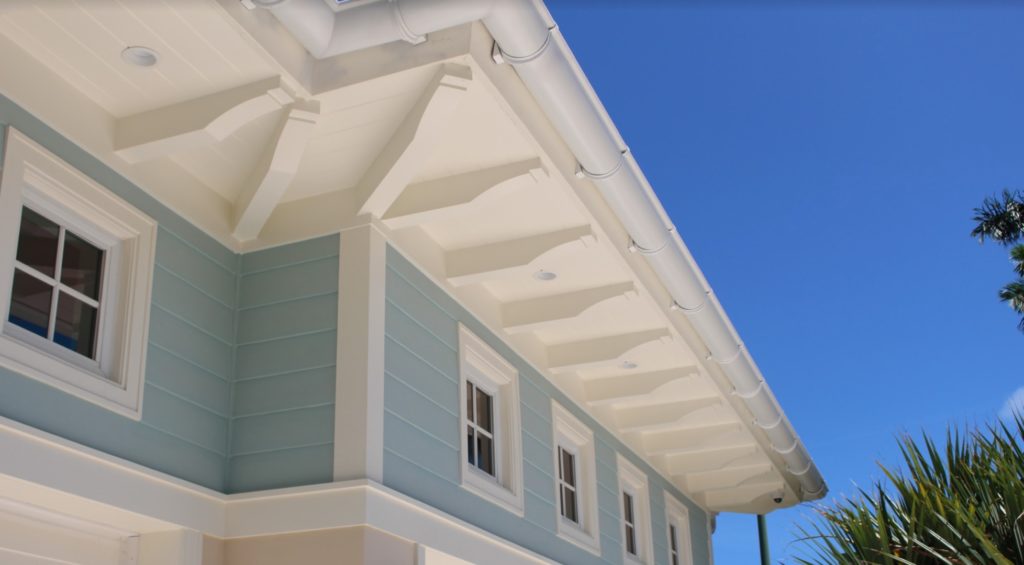
2. How can you use soffit ceilings?
The versatility of soffit ceilings is one of the feature’s greatest advantages. Whether to cover an unsightly surface, protect vital piping, or simply add elegance to design; the plethora of uses make soffits essential for any home. Soffits are most often used on the exterior of homes or commercial buildings, as the visible finish on the underside of an overhang, porch, balcony. In essence, it is recommended to cover any exposed ceiling exterior undersurface with soffit panels, both to look great and exponentially boost the area’s longevity.
In addition to their functional handiness, HB soffit systems are customizable and tailor-made to fit the exact dimensions, styles, colors, and designs required. This means that they are made to accent and enhance any architectural style– with the option to install smooth, v-groove, and nickel joint panels. The accompanying touches of frieze boards and rafter tails are likewise tailored to fit the exact taste of the builder or owner. So, no matter the architectural style and design idea, HB soffit systems provide a secure and beautiful finishing touch.
3. When and why are soffit ceilings used?
Our first impressions of a home or commercial building come from what we see as we enter. Climbing the steps of a porch, or being welcomed into an entryway, we are well aware of the structure’s design, care, and special touches.
Soffits are normally used in exactly these external areas, where eye-catching elegance and low-maintenance longevity make them appealing for builders and home-owners alike. Whereas the underside of porches, overhangs, rafters, and other structural elements would normally be exposed to rapid wear and rot, soffit ceilings act as a protective, low-maintenance, and also beautiful seal against the natural elements.
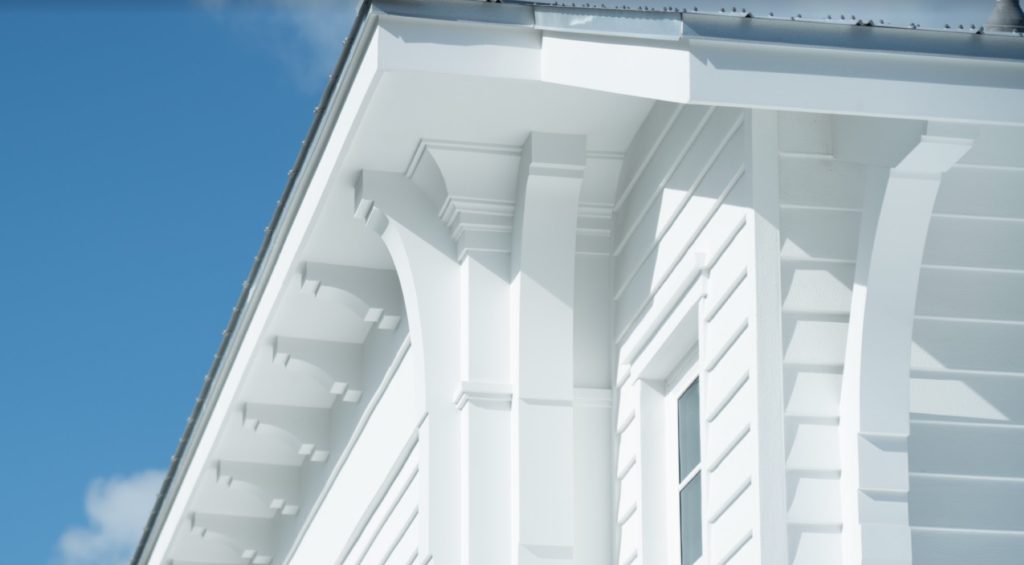
4. What are HB Elements soffit ceilings made of?
HB Elements makes its soffit ceilings with a specially-engineered, synthetic construction material called free foam Cellular PVC. Compared to traditional wood or aluminum materials, PVC is notably longer lasting and easier to both install and maintain.
The material arrives at HB factories in a raw sheet form of varying specific thicknesses, formable into a limitless amount of shapes and sizes. The manufacturing process is highly technical, with experts who carefully control both internal and environmental factors. For increased durability and performance, HB uses 1/2″ and 3/4″ products– larger dimensions than what most competitors use. HB is a LEAN manufacturer, meaning that it manages an inventory of raw material, based on what is needed to complete projects. HB Elements’ soffit ceilings are not created with molds that render customization very ineffective and expensive and limit the product line to an easily-stale, small sample size. On the other hand, HB soffit ceilings are meant to be designed to the homeowner’s and architect’s exact specifications, created to be shipped in the immediate future. This type of manufacturing process is a modern template that allows a company to personalize each job, without the normally inflated costs of customization.
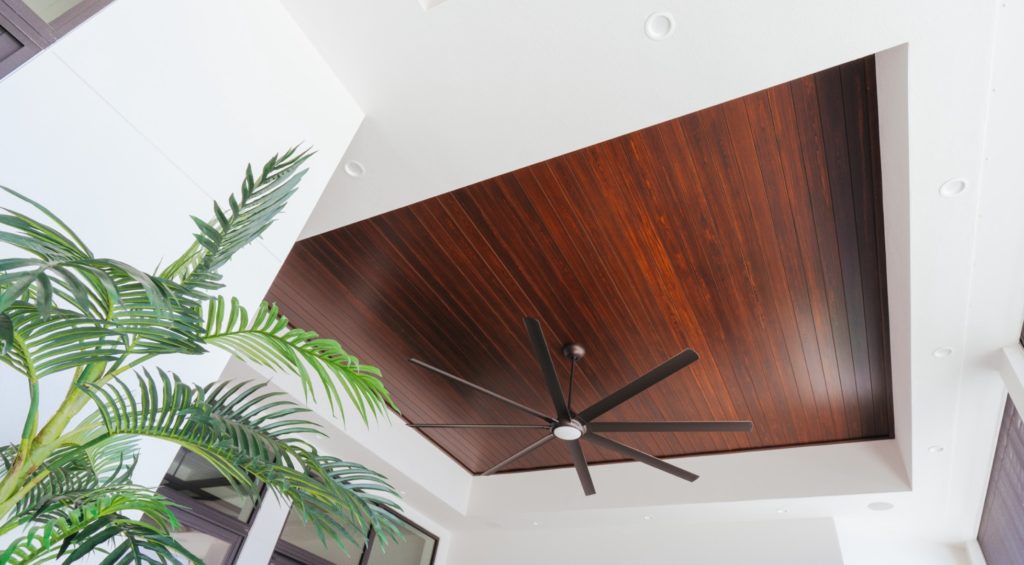
5. How long do soffit ceilings last?
Designed for the exact area of installation and built with the best material on the market, HB Elements’ soffit ceilings are made to last a lifetime. That said, they must be properly installed and treated according to standard recommendations (which are not extensive but do ensure maximum durability). When these protocols are followed, the PVC material of soffit ceilings stands strong against natural elements of all climates and fights the deterioration of pests, rot, and rust that so inevitably plague traditional wood and aluminum materials.
6. Do you have to paint soffit ceilings?
While not a set-in-stone and life-or-death requirement, HB Elements highly recommends painting your soffit ceiling, as part of both aesthetic and structural best practices.
The soffit is painted to match the design of the building, with a heat reflective (or vinyl-safe) paint that prevents the PVC material from heating up. For non-dark colors, HB Elements recommends painting its products with 100% Acrylic Latex Exterior Paint. Never paint with oil-based paint, nor caulk with silicone. These practices are highly prohibited and will not finish correctly nor adhere to the unit, meaning that the finish will ultimately need to be completely stripped and redone.
In summary: while you do not have to paint soffit ceilings, it is highly recommended that installers do paint, and do so according to the guidelines detailed in the article. This not only makes good on the full product’s potential of unending longevity and low maintenance but it also, quite simply, looks great.
7. How do I install soffit ceilings?
Installing HB Elements soffit ceilings is a process engineered for efficiency. As opposed to traditional materials of wood or aluminum, HB PVC soffit systems are lightweight but durable, easy to install but intricately designed.
Created with the exact dimensions needed, and perfectly formed to fit seamlessly together, HB soffit panels do not require specialized tools nor training. As a result, the installation process is quick and painless, at a fraction of standard costs.
8. Why use HB soffit ceilings?
Everything that HB Elements creates is guaranteed with the best materials on the market and built specifically for the project, space, and dimensions required. The result is unhindered beauty and functionality.
Without soffit ceilings, important structural elements are left exposed to natural elements, weather, rot, pests, and decay– leaving the architecture vulnerable and bare. HB soffit ceilings protect the ever-important details of the home or commercial building’s exterior, for a finish that guarantees a lifetime of low-maintenance protection and elegance.
HB Elements soffit ceilings, specifically, boast easy installation and long-lasting durability, in addition to a plethora of design styles that are all customizable to the architectural inspiration of the construction. No matter the geography, building size, or design HB soffit ceilings are a perfect fit to enhance the exterior.
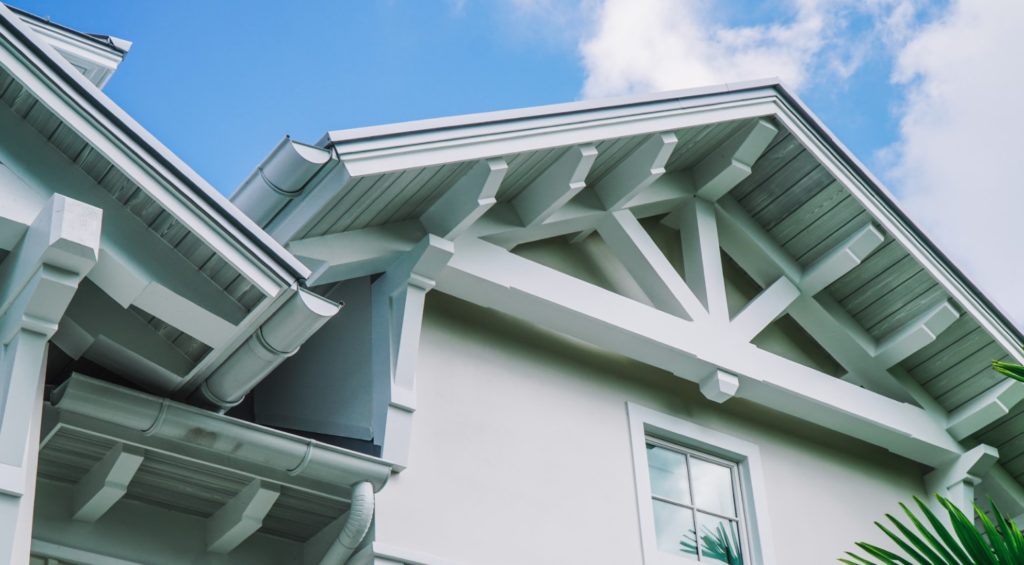
9. How do I order soffit ceilings?
Ordering soffit ceilings from HB Elements is simple, with a process that has been designed to create convenience. Most commonly, clients email HB with a PDF set of home or building plans, then calling the company to discuss design details with one of the HB Elements representatives. Another option entails picking out soffit system models and sizes from the company’s catalog and sending an email to info@hbelementsinc.com. Clients may also use the contact form. No matter the method in which interested creators reach out to HB Elements, a company representative will be in touch to guide clients through all the details of soffit ceiling customization.
Once initial details are shared, HB carefully pours over building plans and quantifies the client’s needs– pricing accordingly, determining all necessary adhesives and components, and then calculating a shipping cost. This total proposal is then sent to the client via email. These steps are essential to properly inform partners from the get-go, with a high-transparency process that provides precise costs and avoids confusion and surprises.
Working directly with HB Elements means getting in touch with the factory itself. Not only does it eliminate the middleman, but this also facilitates better and faster service, guaranteed by a partner who is highly invested in delivering quality results.
HB believes in speed and capability, but it also believes in customer service. Company representatives like to discuss their products– they take pride in what they do– and are happy to dissect clients’ project ideas. To order, call +1 (954)-784-8216 or email Info@hbelementsinc.com

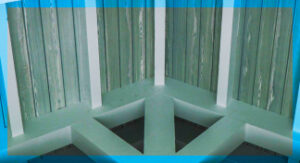
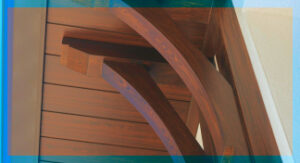
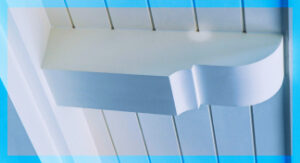
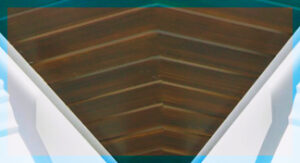
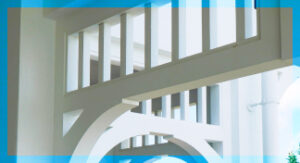
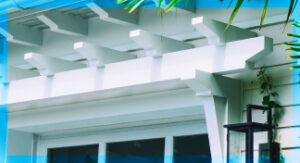
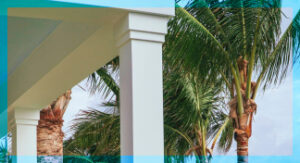

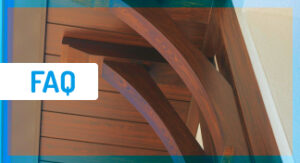

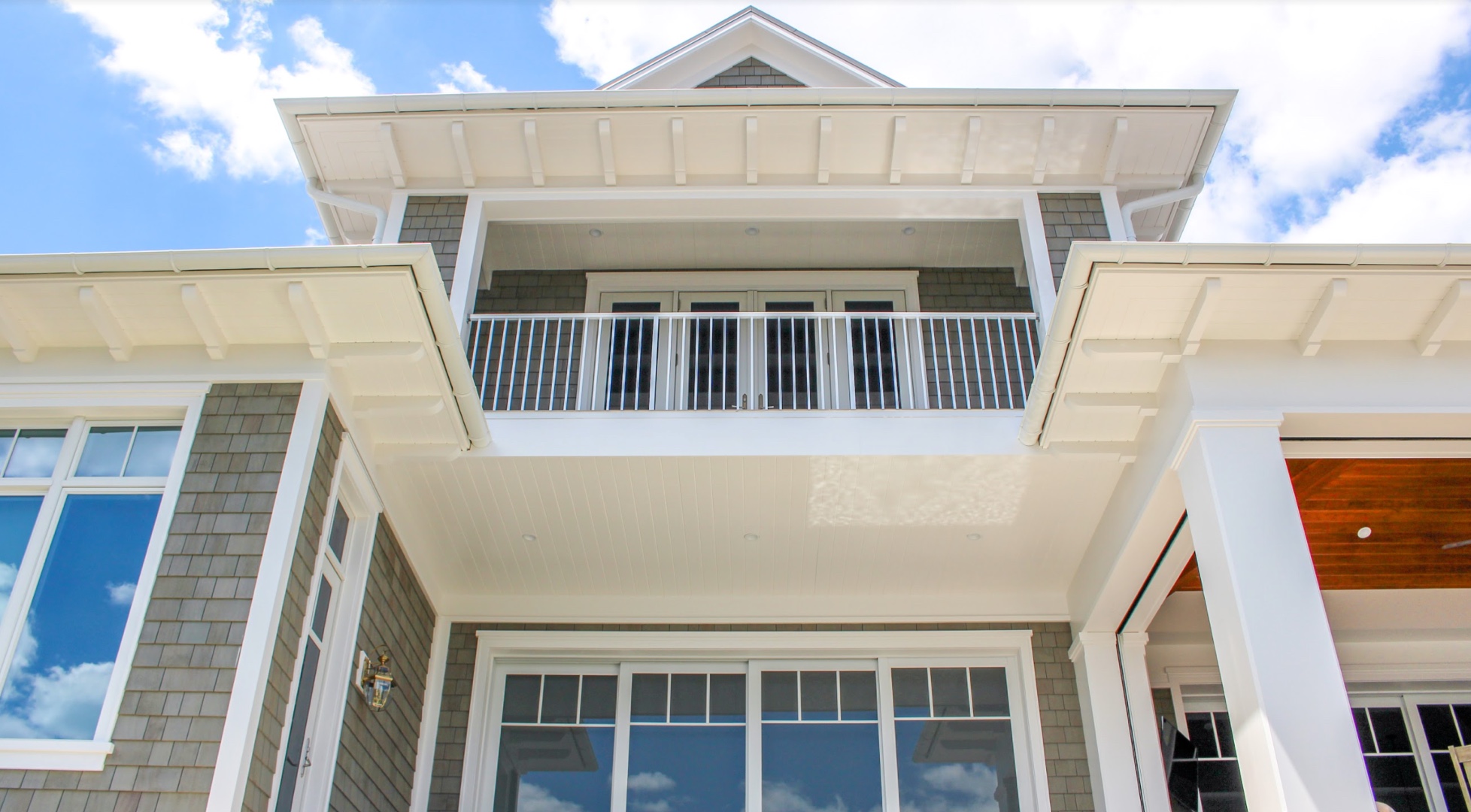
653 thoughts on “The Ultimate Guide to Soffit Ceilings”
Comments are closed.